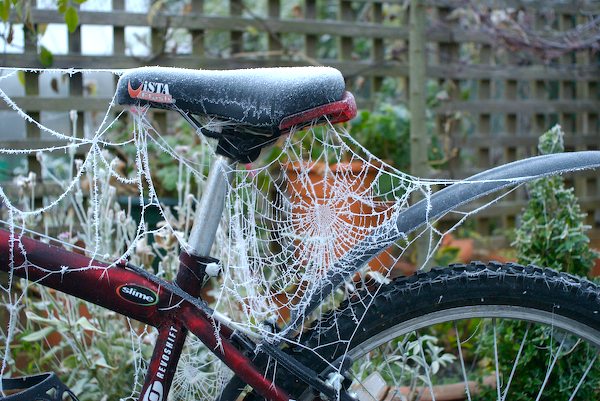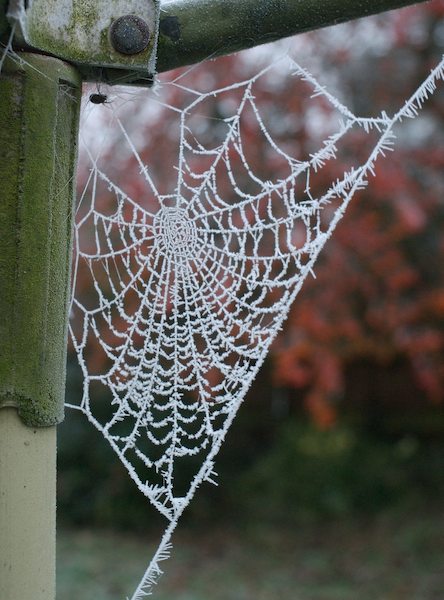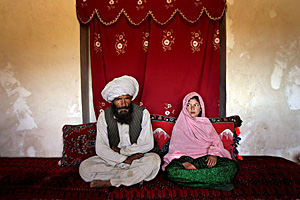
Intel photograph.
From Technology Review…
Since it found its way out of the lab in the late 1990s, flash memory has revolutionized consumer electronics. Because flash-memory chips are smaller, more rugged, and more energy efficient than magnetic hard disks, they have been the ideal replacement for hard drives in handheld devices such as MP3 players, and even in some high-end laptops. Flash is a solid-state memory technology, which means that it has no moving parts and stores data using silicon transistors like those found in microprocessor chips. Because it uses microprocessor technology, it also roughly follows Moore’s Law, the prediction that the number of transistors on a chip doubles about every two years. For processors, this means that they get faster, but for flash-memory chips, it means that data storage doubles. And the market has responded to flash’s burgeoning capacity: in 1999, the flash-memory market was nonexistent, but in 2007, it amounts to $15.2 billion.
At a press event, Don Larson, the marketing manager of Nand products at Intel, showed off the new chip. Called the Z-P140, it’s about the size of a thumbnail and weighs less than a drop of water. It currently comes in two- and four-gigabyte versions, which are available to manufacturers for use in handheld devices. The first products featuring the new chips will be available in January.
Since the new solid-state drive has standard control electronics built in, it can be combined with up to three other Intel chips that don’t have controllers, for a maximum of 16 gigabytes of storage, says Troy Winslow, flash marketing manager at Intel. While that may not seem like a lot compared with the 160-gigabyte hard drives in desktop computers, Larson pointed out that two gigabytes is enough to run some operating systems, such as Linux, along with software applications…
Seems daft to call it a ‘hard drive’ though.







